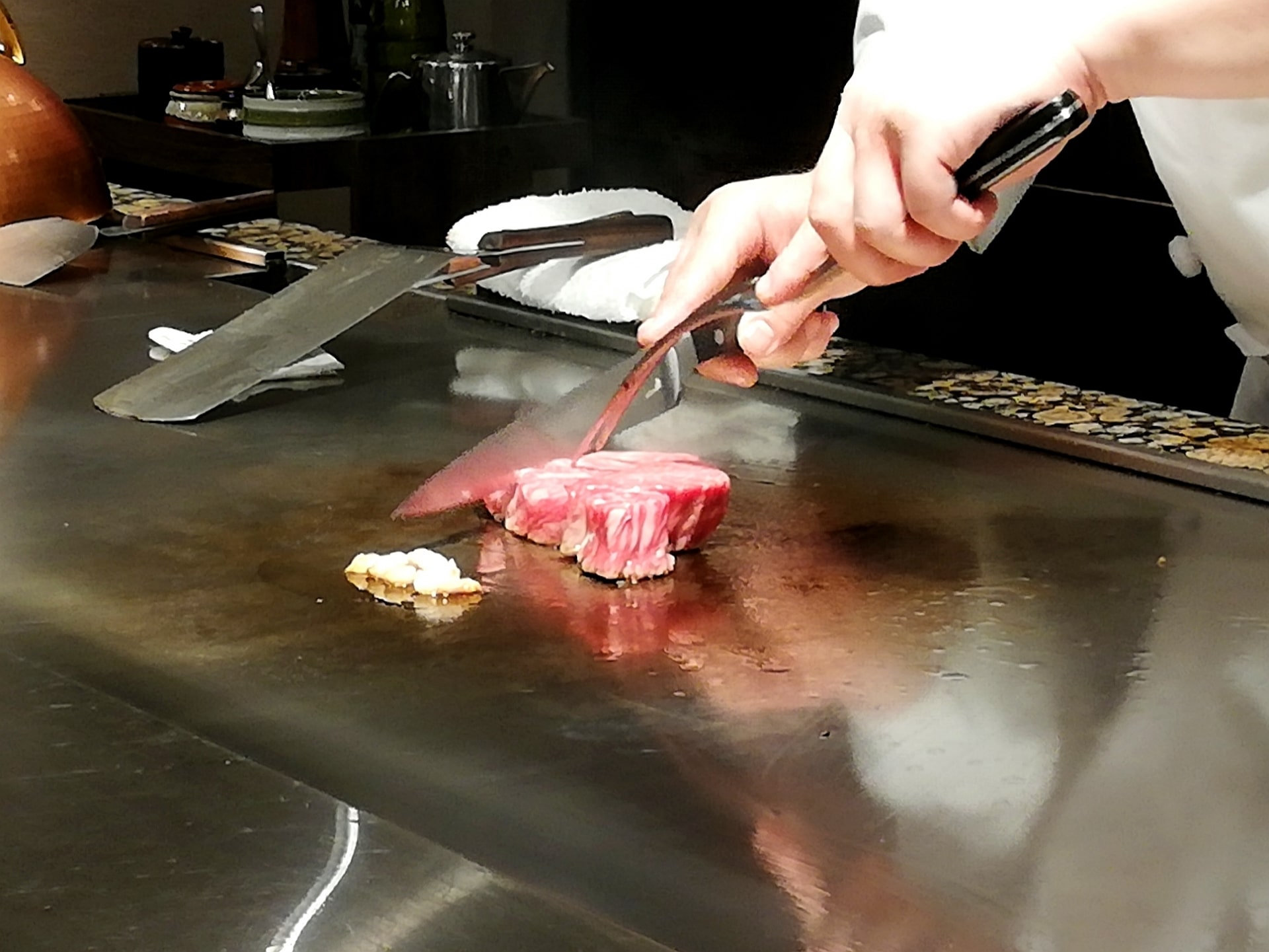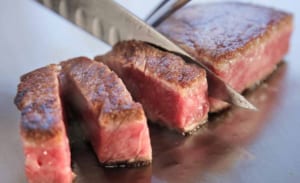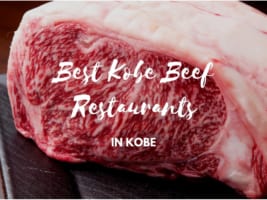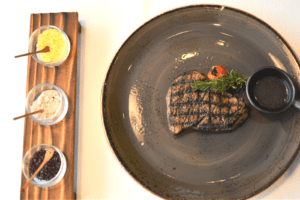10 Best Wagyu Beef Brands in Japan
Top Japanese Wagyu Beef Brands

Have you ever seen wagyu beef (和牛) on a Japanese restaurant menu? wa (和) means “Japanese” and gyu (牛) means “beef”. It is probably one of the most well-known Japanese terms, but aren’t they just beef produced in Japan? The quick answer to that is, no. Wagyu is considered high quality, luxurious, legendary super-marbled, and super-expensive.
What is so special about Japanese beef? We will introduce to you the 10 best wagyu beef brands that most Japanese know for their high quality. Let’s take a look at the world of wagyu beef together.
What is Wagyu Beef?

As I said in the beginning, the quality of wagyu beef is like no other. It is top-quality beef. It has got a unique tender and buttery flavor. It feels almost like it’s melting in your mouth. This butteriness comes from marbles. You must put cattle in a stress-free environment to achieve super-marbled beef. Not only the taste but they are also good for your health. The marbling is rich in omega-3 and omega-6, improving the ratio of monounsaturated fats compared with regular beef.
1. Matsusaka Beef
Matsusaka is located in Mie prefecture. The area was not the best land for farming. The soil wasn’t good enough to farm vegetables and fruits. However, after the federal government of Edo had collapsed and the Meiji period (mid to late 19th century) started. That was when Matsusaka started to produce meat under the supervision of the pioneers.
One of the characteristics of Matsusaka beef (松阪牛) is that it contains more unsaturated fatty acids than a regular kuroge wagyu. There are mainly two types of fat: unsaturated fatty acid and saturated fatty acid. The former fat is healthier. It is said that it is beneficial for your skin, and your allergy and it also lowers the number of your LDL cholesterol. LDL cholesterol can cause arteriosclerosis or cardiac infarction.
2. Kobe Beef
Like champagne in France, the term Kobe beef (神戸牛) can only be used when the cow has been born, raised, and slaughtered in Kobe. Kobe beef is considered one of the most or even the best beef brand in the world.
The flavor has a hint of sweetness and a delicious aroma. The fat in Kobe beef melts at 14℃/57°F so it will melt when you put it in your mouth. The rich juiciness of the beef will burst in your mouth. There is a composition called “oleic acid”, which is an umami (旨味, Japanese word for savoriness) component, in Kobe beef and the amount of it is very high. There is no other beef that has more oleic acid than Kobe beef. The delicious flavor is actually scientifically proven. Only some beef fill these strict requirements can be called Kobe beef.
3. Omi Beef
Omi is located east of Biwa lake, Shiga prefecture. Omi beef (近江牛) also contains a lot of oleic acids. So the fat is very flavorful. Omi cattle are raised all through Shiga prefecture and there are only 6,000 heads of cattle shipped annually. So there are not many Omi beef in the market. This makes the beef rare and appreciated.
The producers of Omi beef have a very particular way of how they grow their cattle. From food and water, and the way they control the environment to be stress-free. Some high-grade producers go around the world to find the best food for cattle and they even blend and customize the food to fill each cattle’s health needs. This strong dedication to for caring cattle makes Omi beef one of the top three wagyu brands.
4. Yonezawa Beef
Yonezawa beef (米沢牛) is produced around Yonezawa, south of Yamagata prefecture which is located in the northern area of Japan.
There are some very specific criteria that you need to fill in to be able to call them Yonezawa beef. For example, they have to be fed nutritious and a huge amount of food for more than 32 months and heifer (young females and the ones who have not had a calf). The producers blend wheat, wheat bran, corn, soybeans, and more to make original food for cattle. Like any other wagyu, they are very well taken care of. The meat is very soft and has a lot of high-quality mild fat which is not heavy or greasy at all.
5. Tajima Beef
Tajima, Hyogo prefecture is a region of uneven terrain with steep hills and valleys, and Tajima Cattle is a small, sturdy breed of cattle that has lived here together with the people of Tajima from the old times. This breed of cattle is now becoming famous around the world as being the source of the leading Japanese brands of beef. People get confused and mixed up with Kobe beef often times but it is actually simple. Some super high-quality Tajima beef (但馬牛) gets to be called Kobe beef. They decide whether it can be called Kobe beef after they slaughter them.
6. Hida Beef
Hida beef (飛騨牛) is the specific name given to beef from a kuroge wagyu breed, that has been raised in Hida, Gifu Prefecture for at least 14 months.
The origin of today’s Hida beef brand was a farmer’s encounter with a single cattle named ‘Yasufuku’ in 1981. Yasufuku is said to have had the ideal genetic makeup to produce calves with high-quality meat, and he produced 39,000 offspring in his lifetime.
The unique quality of Hida-Gyu is its beautiful marbling, with an intense marble patterned appearance. It is said that it’s the pure spring water that contributes to the wonderful flavor of Hida beef. In addition, Gifu farmers are highly skilled at raising cattle and they know how to produce perfect quality beef.
7. Sendai Beef
Sendai beef (仙台牛) is produced in Sendai, Miyagi prefecture which is next to Yamagata. Compare to other wagyu, there are a number of strict criteria that you need to fill to call beef Sendai beef. Because of the strict criteria, Sendai beef is able to maintain a high quality, which means that you pretty much have no “hit or miss” situation.
Also, Sendai beef has the perfect ratio of lean meat and fat. This ratio makes beef mild, soft, and juicy. Pure water and nutritious hay are essential factors when it comes to making the perfect marbles. After two and a half years of raising them with lots of love, and care, they get to be named Sendai beef.
8. Maesawa Beef
Maesawa, Iwate prefecture produces this Maesawa beef (前沢牛). Maesawa used to use cattle for producing crops like cultivating the fields. However, as many machines and tools invented and developed, we no longer need cattle to do agricultural work. Then they decided to ship beef produced from cattle that they used for crops. However, the first cattle on the market, the quality was not good and they called it “Iwate’s gari ushi” which is a nickname to mock for its low-quality beef.
As time passes by, beef producers from Iwate studied very hard on how to produce high-quality beef and it became one of the most excellent quality beef.
9. Miyazaki Beef
Miyazaki is in Kyushu area where it’s got a fairly mild and warm climate. At a national competition that is held every 5 years and often referred to as the Olympics of Wagyu Beef, Miyazaki Beef (宮崎牛) won the top prize of the Prime Ministers Award 3 times. It was also chosen as one of the foods to be served at the Governor’s Ball which is held after the Academy Awards. These episodes tell us how high quality they are. Miyazaki beef is indeed not as well-known as Kobe beef or Matsusaka beef, but its popularity is getting higher and higher.
10. Ishigaki Beef
Ishigaki is an island in Okinawa, the southern and tropical prefecture of Japan. Cattle that are born, raised, and gets fed a lot for a certain amount of time can be called Ishigaki beef (石垣牛). Cattle here have no stress growing up thanks to the warm environment. Wagyu prefer this kind of climate. The climate plays a huge role when it comes to the quality of the beef. Without any stress, Ishigaki beef is known to have a light and not greasy or heavy flavor. It still has a buttery flavor but it is an excellent-quality fat. Cattle eat grasses that are rich in minerals.
▽Here is the complete guide to learn Best Traditional Japanese Dishes!▽
▽Subscribe to our free news magazine!▽
We really hope you got some ideas on what makes wagyu so expensive and considered that they are the best quality beef in the world. Meat producers in Japan are very hard workers and put nothing else but the cattle first to achieve such high-quality beef. They treat cattle as if they are their family, give them love, and care so much. Their dedication may seem over the top, but it definitely plays a huge role in producing wagyu. Wagyu might be the one that is able to have a whole other food experience. You will never know how good they are until you try…
For more information about wagyu, check these articles below, too!
▽Related Articles▽
▼Editor’s Picks▼
Written by
























